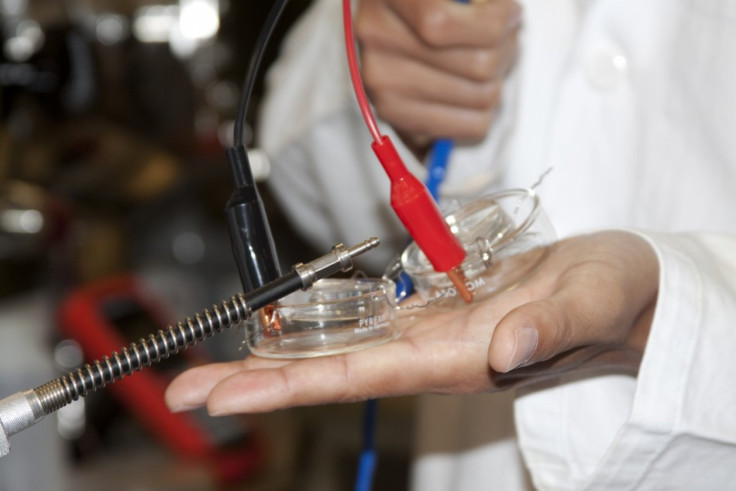A TV that emits scented fragrance? Yes, doable!

Suppose a beautiful lady walks by on your TV screen. What if they not only trigger your emotions and minds through your senses of sight or sound but your sense of smell as well? What if you actually smell her perfume? Is it possible?
“Yes, it is quite doable.” A two year experiment by researchers at the University of California, San Diego, conducted in collaboration with Samsung Advanced Institute of Technology (SAIT) in S. Korea bore a hopeful fruit.
The researchers demonstrate that it is possible to generate odor, at will, in a compact device small enough to fit on the back of your TV with potentially thousands of odors, according to their journal, Angewandte Chemie, published on June 14.
“Instantaneously generated fragrances or odors would match the scene shown on a TV or cell phone, and that’s the idea,” said Sungho Jin, professor in the departments of Mechanical and Aerospace Engineering and NanoEngineering at the UC San Diego Jacobs School of Engineering. Jin and his team have developed a device in which an aqueous solution is kept until a tiny compressed hole is opened and releases the scent.
After testing two different perfumes, the UCSD team confirmed that a human tester was able to smell and distinguish the scents within 11.8 inches of the test chamber.
The compact odor-generating device attached to the back of your TVs or cell phones will likely make endless scenarios open to us. As one example, “perfume companies could let you sample new scents through TV, but your TV’s odor-generating device would have to carry that particular perfume meaning the device probably needs to be upgradable like software for your home computer. And TV producers will probably want scents that are tailored to match the personalities of their characters,” according to UCSD’s news release.
© Copyright IBTimes 2025. All rights reserved.




















